Websites have become an essential part of today’s lives, providing better communication and media for individuals and organisations. Big data has opened up new avenues for information research, and traditional bibliometrics has widened its scope to survive in the new information society. When the laws and principles of bibliometrics are applied on web data/resource, the new concept of webometrics develops. One of the branches of webometric research is link analysis of web. Links or hyperlinks have been studied for a long time, providing a valuable source of information for web information retrieval. Webometrics research focuses on link analysis of web data, which is a valuable source of information for web information retrieval. Due to the implicit information they contain, web links start making fascinating relevant studies. Studies in bibliometrics and informetrics, which examine the structure and interlinking of web domains, have recently focused on counts of links rather than entire web sites or national domains. The pace of research in this new field has increased because web impact factors originated similarly to traditional journal impact factors.
Ranking websites, including those of academic institutions, is made possible by web links. There are various organisations that, using their unique methodologies, produce a global ranking of academic institutions. However, research has shown that, aside from the top few institutions, other institutions cannot employ the ranking criteria. The majority of institutions operating in various environments across the globe and in different corners of the world cannot realistically meet the criteria set for the ranking. Naturally, the institutions from the so-called third world countries are either ranked abysmally low or have a very small representation in those ranking tables. The primary goal of the rank providers is to inform international students about the standing of the institutions. But in nations like India, local students might also want to know the standing of a local university that isn’t listed in any international ranking tables. In this situation, a strong need for a native ranking table emerges, one that can accommodate all institutions with minimum standards while making it simple to collect data for the parameters. The NIRF ranking, at least according to the lists that have been published so far, is too limited to include all HEIs, despite the fact that we have used it. The optimisation of current web-based ranking methodologies is crucial to addressing the need for a contextual, useful, and appropriate ranking table.
With this aim of optimization of ranking methods for higher academic institutions in India, the present study covers the following sections:
The Chapter 1 is entitled as Higher Education in India. The growth and development of India’s higher education system have been discussed in order to better understand the nature and traits of the institutions. The methodology for ranking optimisation could be designed with the help of the study presented here. In Chapter 2, Webometrics Methods and Tools has been discussed to understand the data collection techniques for webometric research, and to have a clear understanding of available tools and how it is used. The next, Chapter 3 has described the Ranking of Institutions. Here, various methodologies have been contrasted to determine their applicability in the so-called third world nations. The existing methodologies of web based ranking systems have been applied on the Indian universities and the findings reported in Chapter 4 entitled Webometrics of Indian Universities. In this chapter, it becomes possible to identify the inter-relation between the web sites of the universities. Here, various methodologies have been contrasted to determine their applicability, mostly in developing nations. This chapter provides impetus to initiate the next Chapter 5 on Optimization of Ranking Techniques. In the entire work emphasis has been made to find out suitable ranking methodology to evaluate the overall performances of the Indian universities, so that the society can evaluate a particular institution with the help of easily available data. The results represented here definitely have limitations. It is represented as prototype model for verification, criticism and suggestions from the peer groups to make it full proof system, at least for Indian universities.
The study was a journey starting from two hundred eighty seven (287) State-aided universities on which selected relevant parameters were applied statistically – targeted to optimize ranking methods, not to rank finally the universities. Through the process the number of universities has been shortlisted to twenty. Though after step by step statistical analyses, shortlisted universities have been ranked on the basis of index scores from Eigen values and corresponding Eigen vectors based on p-values of occurrence of each pair of parameters – intention was from the very beginning to optimize the ranking methods. Again, as here the data have been collected from the web domain – it would not be in a position to comment something about the final ranking of the universities, as the data may have some incompleteness character and life of web based data is very short. But, hopefully the model may help the common people to evaluate any university of his/her choice with minimum effort for data collection and interpretation.
Finally, we can conclude with the famous quotation of Peter Druker, “Rank does not confer privilege or give power. It imposes responsibility.”


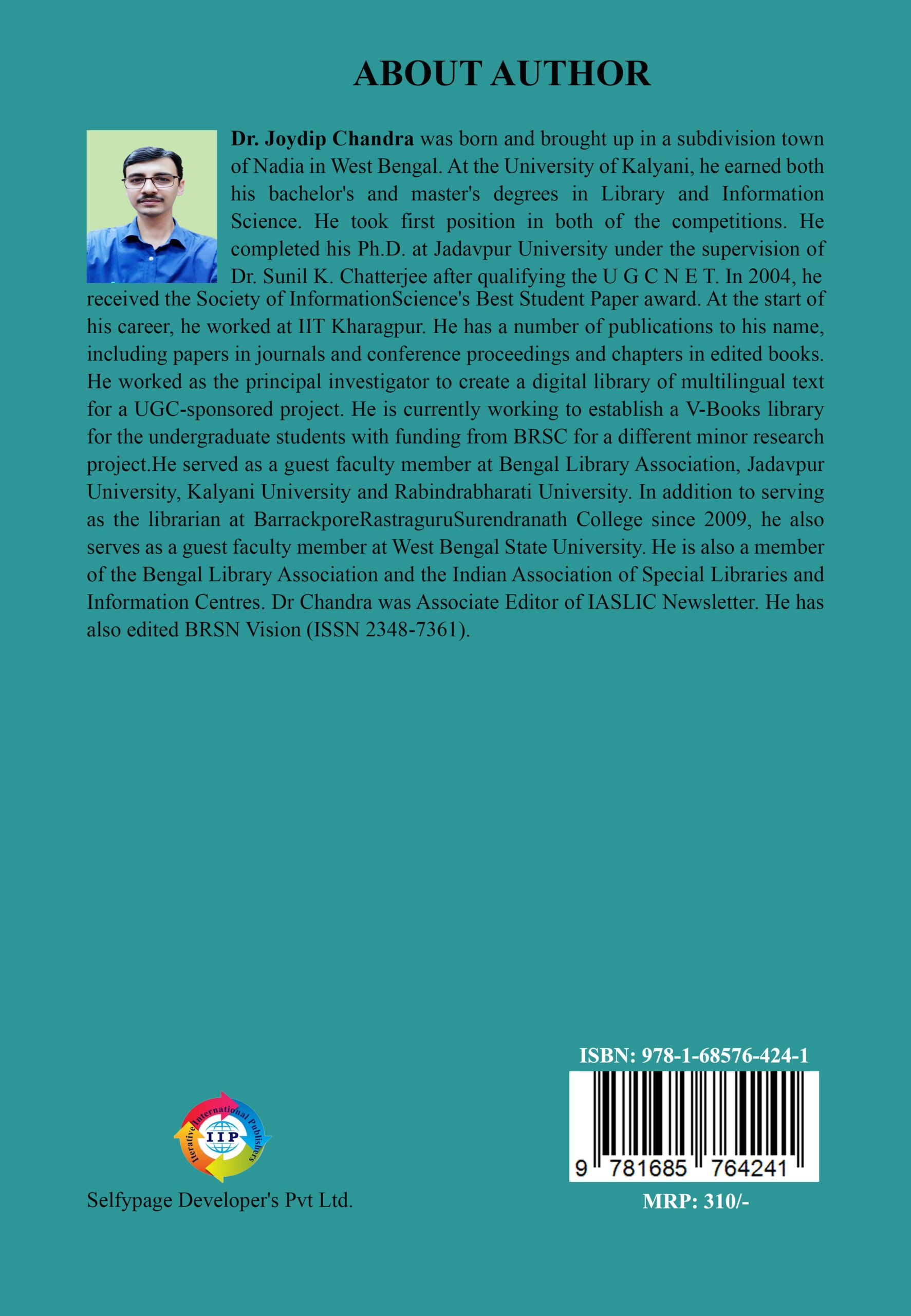
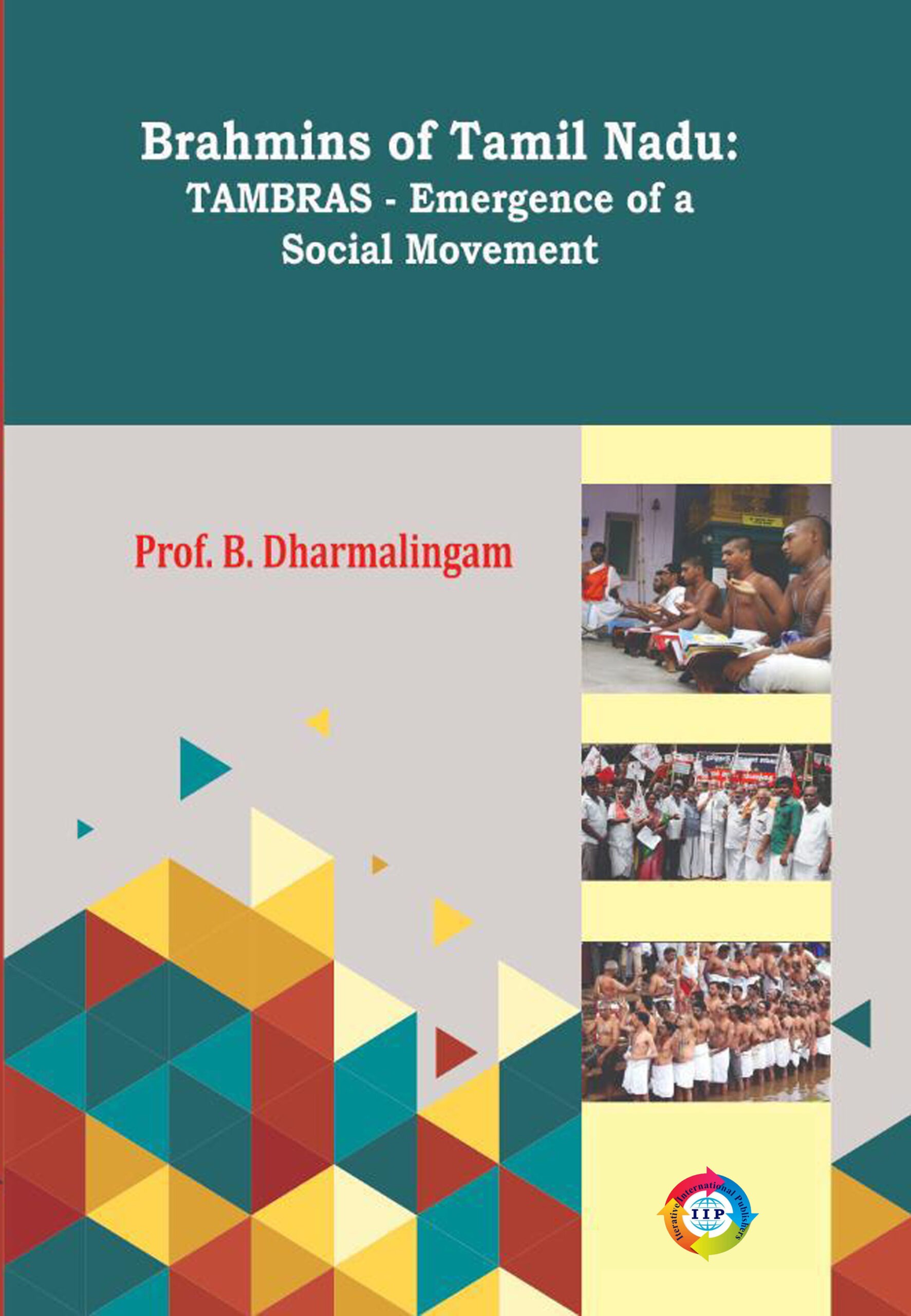

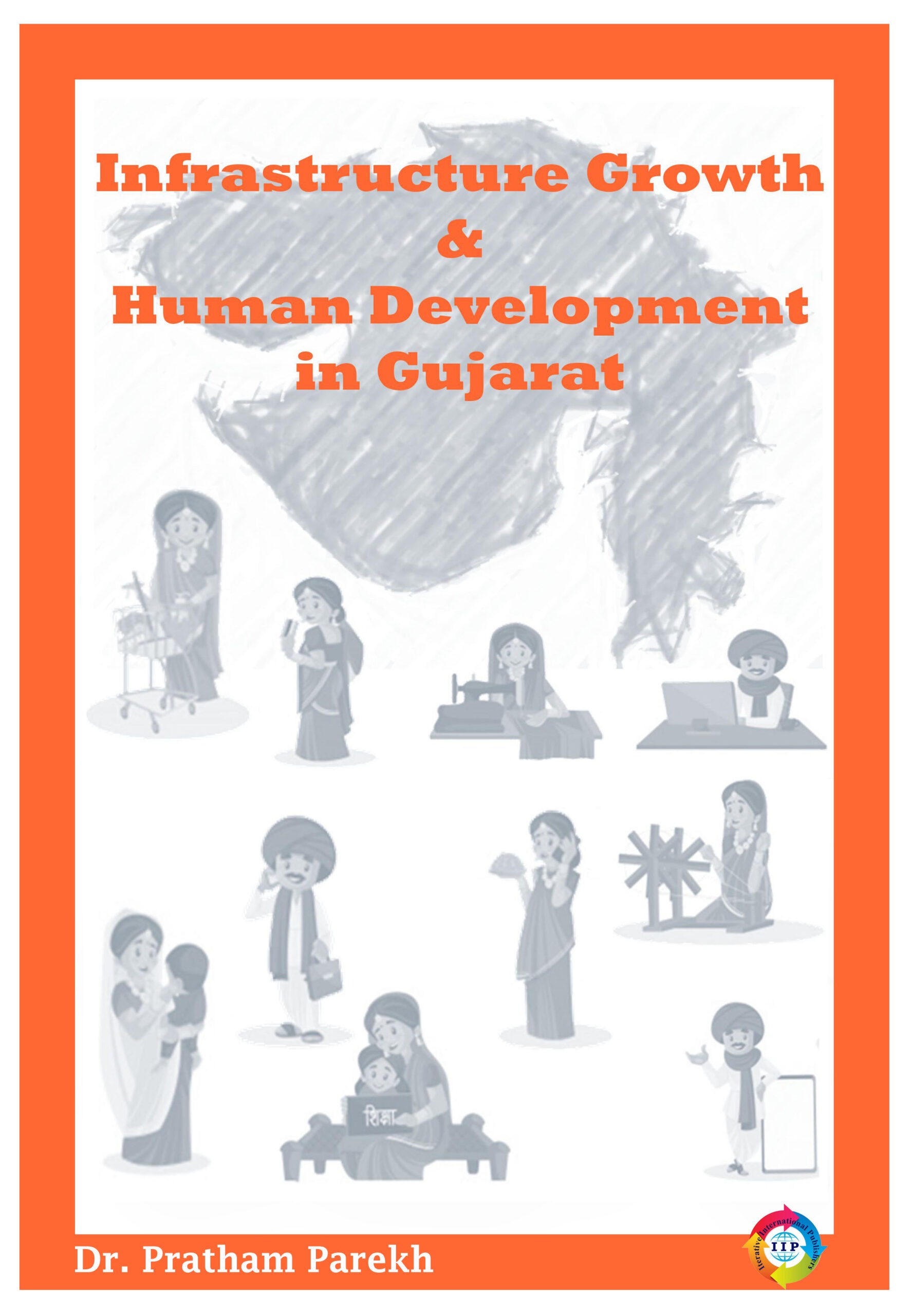
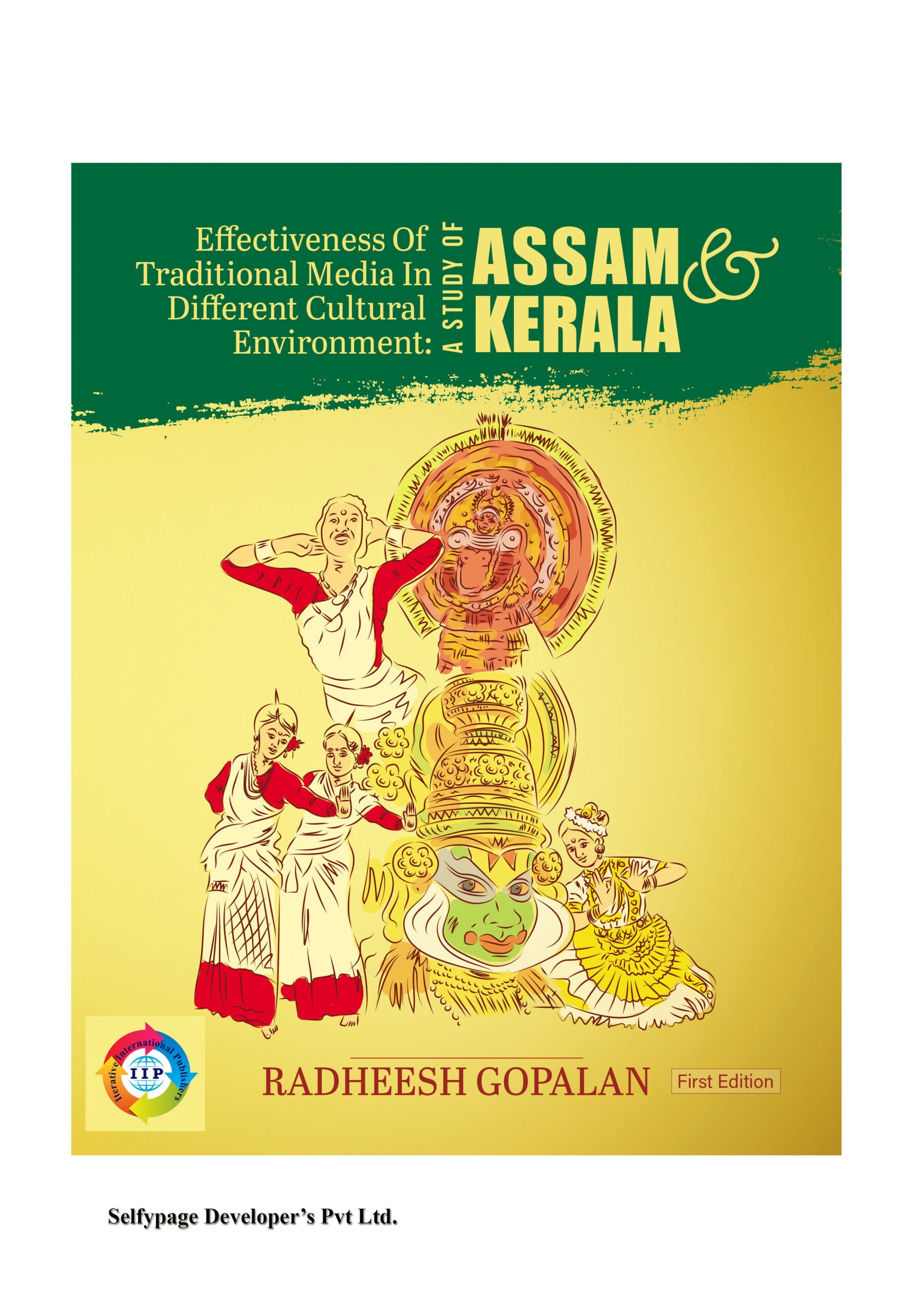
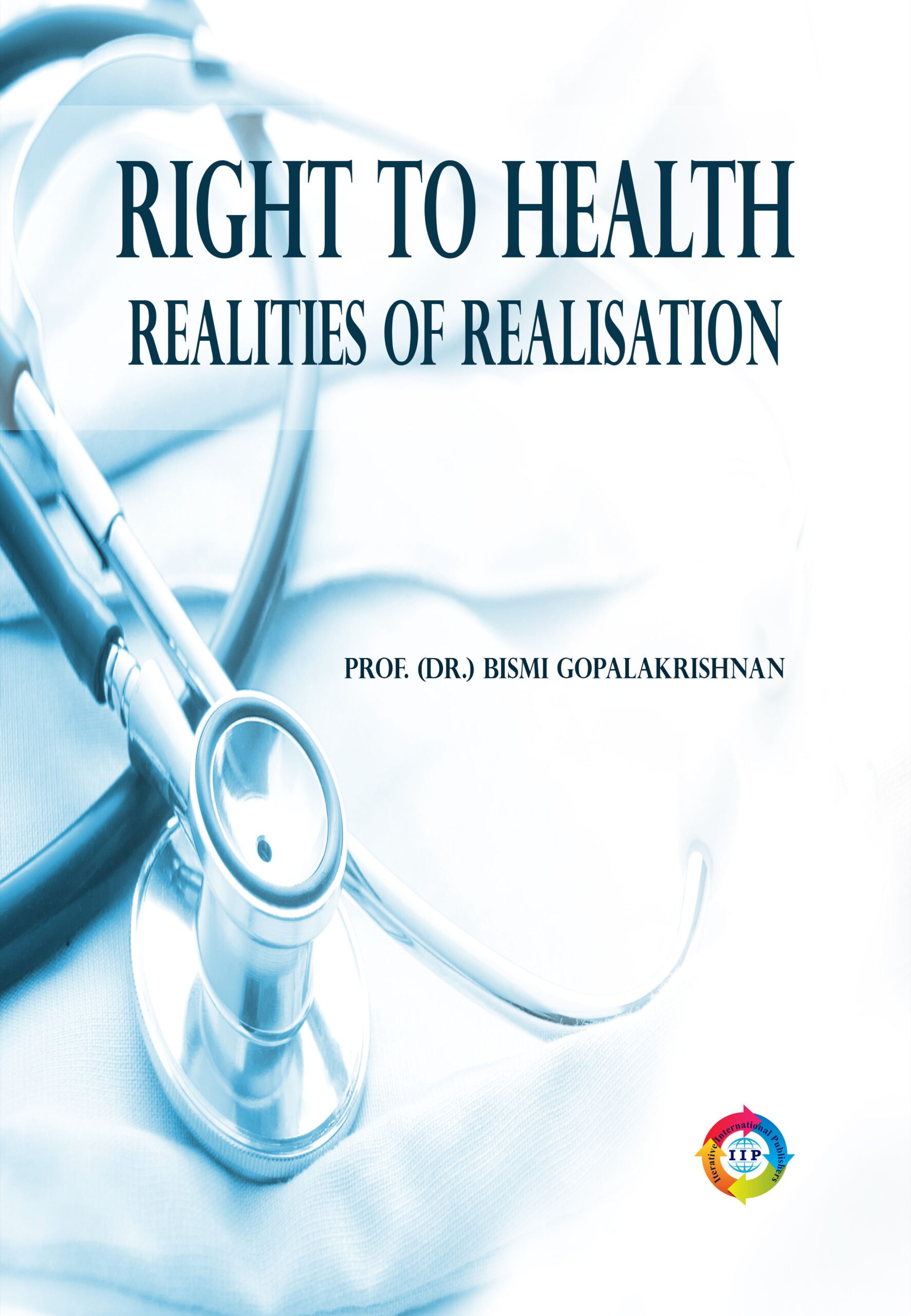

Reviews
There are no reviews yet.